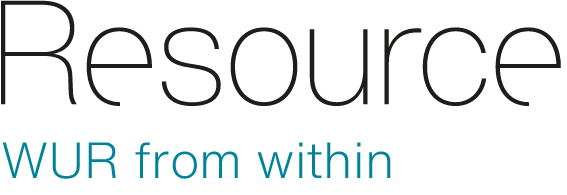© PixabayThis is the conclusion drawn by PhD candidate Lucie Vermeulen, who graduated with distinction on 16 February for her research on the presence of Cryptosporidium in rivers globally. This single-cell parasite in faeces is a major cause of diarrhoea. The pathogen is spread via surface water, among other routes. But little is known about how many parasites there are in the water and how big a risk there is of infection via rivers. In an effort to close those gaps in current knowledge, Vermeulen developed a model that maps the distribution of pathogens such as Cryptosporidium. The map shows policymakers where the problem is most urgent. This is the first model of a pathogen on a global scale.
PhD candidate Lucie Vermeulen developed a model that maps the distribution of pathogens in rivers worldwide.
Model
Het moThe model calculates how many pathogens end up in rivers, using data on population density, connection to sewerage systems, incidence of disease and the efficiency of the water purification system. In most parts of the world, it turns out there are so many Cryptosporidium parasites in the rivers than everyone would fall ill every year if people drank that water on a daily basis. Luckily, most people do not have to resort to drinking surface water. Two percent of the global population do so, about 160 million people. But in countries such as Papua New Guinea, Angola or Kenya, we can easily be talking about one quarter of the population.
The more households you connect to the sewers, the poorer the water quality.
Lucie Vermeulen
Vermeulen calculated future scenarios as well. These showed that the efficiency of water purification systems is crucial for the quality of the river water. At present, about 60 percent of the world’s population are connected to sewerage. From the hygiene point of view, that proportion should be increased. But doing that will also increase the number of parasites that eventually end up in surface water. ‘The more households you connect to the sewers, the poorer the water quality,’ is how Vermeulen sums up the situation. But she is not arguing against more households being connected to sewerage systems. ‘As long as it goes together with improved purification.’


